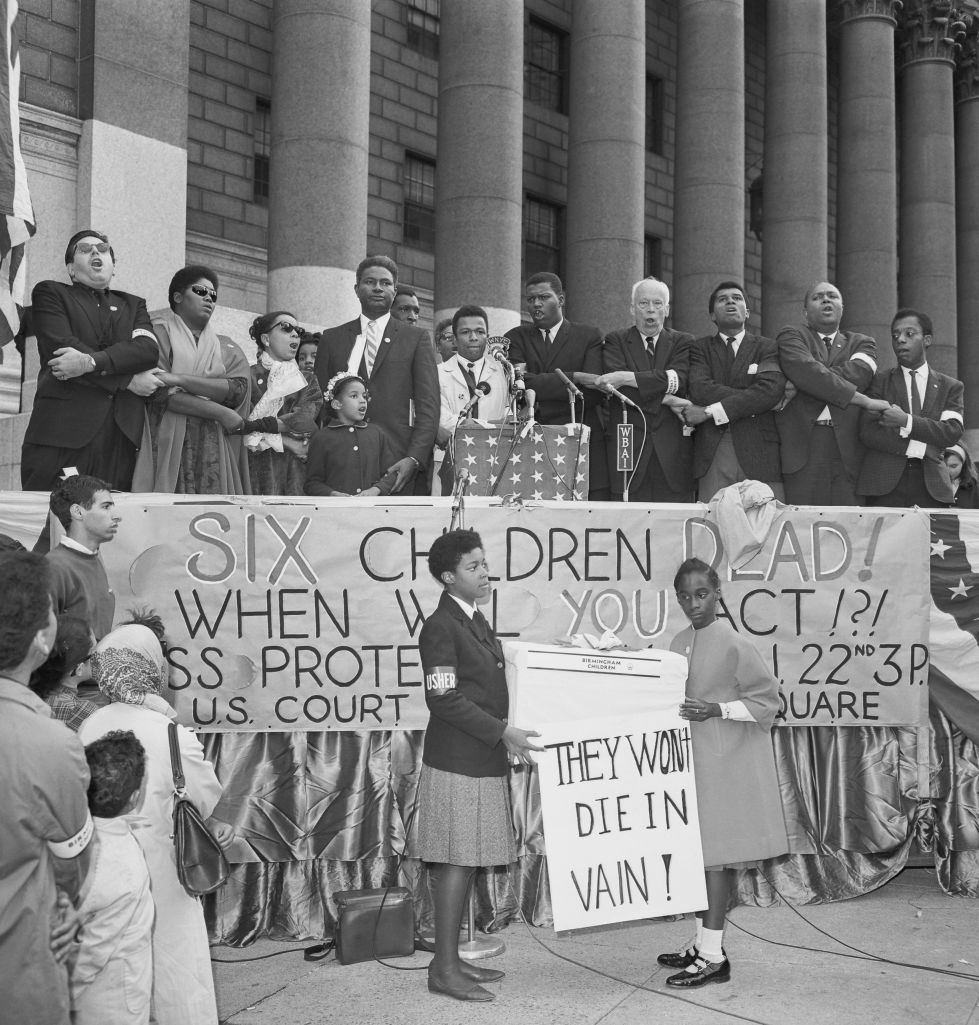
Source: Bettmann / Getty
Last month Ma’Khia Bryant, a 16-year-old former foster youth from Columbus, Ohio, became just one of 42 Black children killed by police over the last six years, according to data compiled by The Washington Post. Following her death, a number of academics and commentators tried to explain why she and other Black youth are too frequently abused or killed by police.
One popular explanation for the disproportionate violence is “adultification bias”: Black boys and girls are not seen as children and are denied the same privileges and protections guaranteed to white children.
A New York Times report noted that in media coverage, Bryant was consistently referred to as a woman. Descriptions of her plus-size physiognomy suggested that she presented an uncontrollable threat and had to be contained with lethal force. Columbus Mayor Andrew Ginther was criticized for calling her a “young woman.”
Brittney Cooper, an Africana studies at Rutgers University, said in an interview on MSNBC, “The way that she has been talked about — because she is a big girl — people see her as the aggressor. They don’t see her humanity. They have adultified her.”
Dr. Jamilia Blake, a psychology professor at Texas A&M and co-author of a 2017 popular report on the erasure of Black girlhood, told the New York Times that Black girls are not seen as innocent, are not afforded the ability to make mistakes or the benefit of doubt, and adultification bias may be driving the severity of harsh punitive responses against them by teachers, mental health providers and law enforcement.
“How it looks in school is this general perception of Black girls’ behavior being very volitional and menacing, and even more so if they voice their concerns and raise awareness — everything that they do is kind of seen as problematic. They are constantly monitored, they receive more severe disciplinary actions, and they aren’t even able to be sad or cry,” Blake said.
Monique Morris, president and chief executive of Grantmakers for Girls of Color and author of the book “Pushout: The Criminalization of Black Girls in School,” echoed Blake by calling adultification age compression – “a way to erase the normal adolescent behavior and development that we have come to associate with young people, and it heightens our propensity to respond to young people as if they’re fully developed adults — referring to girls as women, not allowing them to make mistakes, even how we define their responses to conditions.”
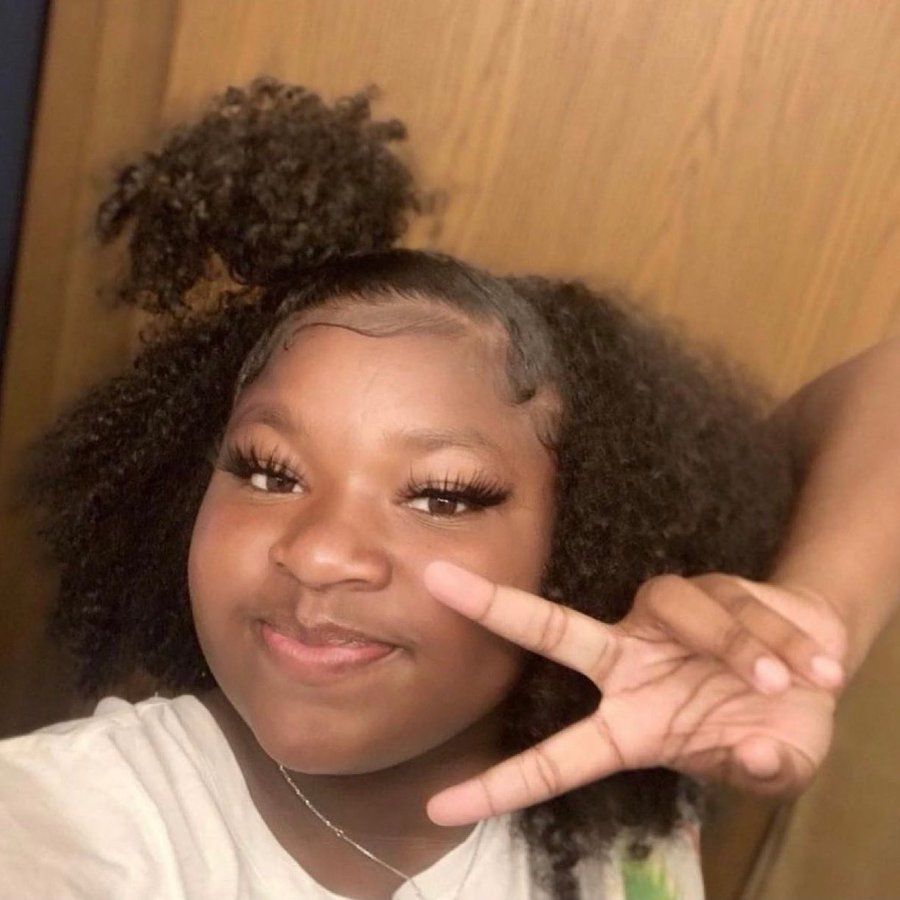
Source: Screenshot / Twitter
We can’t say that Black people are infantilized in order to set them up for violence, but then claim that Black children are adultified. It’s an unnecessary step.
Adultification bias asserts that childhood is a privileged and protected category which is denied to Black youth because of racism. Only white youth are allowed to be children. Black youth are treated more like adults by law enforcement, which is supposed to explain the denial of innocence and protection.
But the adultification thesis gets things backwards, in part because it relies too heavily on popular representations of protected “childhood innocence” rather than on the actual histories and experiences of children. In reality, the history of childhood in the west is a dark and brutal story of mistreatment, sexualization, and murder. Even when children were viewed as “innocent” it was a curse. For, just as women have been historically venerated in art as nurturing mothers or guardians of virtue while at the same time being subject to reproductive oppression and gendered violence so, too, has the celebration of childhood innocence in art and culture obscured that childhood is an exceedingly unsafe and violent phase of life, even today.
Childhood is conceptualized in law and politics as a state of irrationality – the child lacks reason and is therefore viewed as incapable of self-governing. To “act like a child” no matter what your age is to act in a lawless manner. If allowed to run wild, childlike behavior threatens to destabilize society. The child’s state of irrationality means we do not need their consent, which is why children experience daily management and regimentation of their bodies at home and in the school. Current U.S. law even allows parents and sometimes teachers to physically strike, constrain, and control children’s bodies to produce the pain and fear necessary to secure obedience. If an adult treated another adult like we are allowed to treat children, they could be charged with intimidation, assault, or unlawful confinement. The law assumes that until proven otherwise rational adults will normally choose to obey the rules. It is this possibility of choice that affords adults the legal presumption of innocence and, so, to be treated like an adult is to experience the fullest protection of the law.
In the American racial order, it is only white adults and to some extent their children who are considered capable of rational self-governing, the hallmark of civilized maturity. Beginning in the 19th century, the presumption of innocence historically reserved for white adults was gradually extended to white youth, not because they are viewed as children, but because they are viewed as quasi-adults and proto-citizens – the future of whiteness. When white youth are guilty of breaking the rules, their transgressions are interpreted as clumsy attempts to cultivate reason through play or as learning through the testing of boundaries. Juvenile justice was established in America to protect these white youth from the full consequences of whatever foolish mistakes they might make on the way to becoming a mature citizen.
The adultification thesis gets things backwards, in part because it relies too heavily on popular representations of protected “childhood innocence” rather than on the actual histories and experiences of children. In reality, the history of childhood in the west is a dark and brutal story of mistreatment, sexualization, and murder.
In short, the legal system is designed to afford white adults and youth who act like children the opportunity to become mature responsible citizens. Black adults and youth, on the other hand, are considered perpetual children rather than adults or proto-citizens, and are therefore viewed in the eyes of the law as a perpetual criminal threat. Unlike white youth who are funneled into the rehabilitative juvenile justice system, Black youth are more likely to face the full consequences of their transgressions of law and order.
In a white-supremacist society, there can be no mature adult Black people. They are always children. And so, Black youth are considered the “children of children,” doubly doomed by their categorization as biological children as well as offspring of an inferior race existing in a permanent condition of cultural infancy, lawlessness and criminality, for whom coercive discipline and death are law’s only recourse.
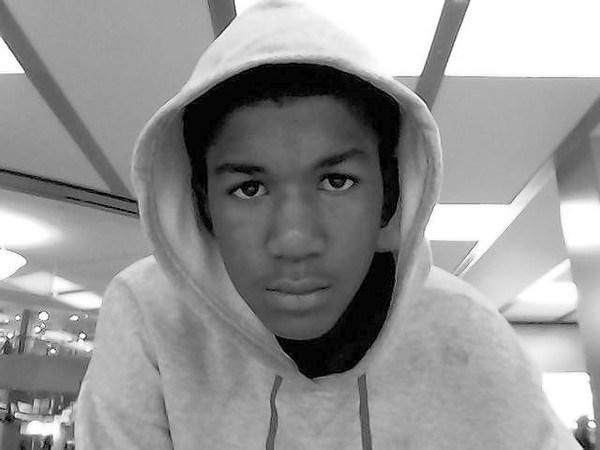
Source: facebook
To understand violence against Black youth we must recall that slavery was essentially a denial of Black adulthood. As Frederick Douglass observed in My Bondage and my Freedom (1855), white youth were permitted to graduate into citizens, leaving behind the degraded condition of youth. Writing on the maturing of Tommy, his childhood companion and master, Douglass observed: “He could grow and become a MAN; I could grow, though I could not become a man, but must remain, all my life, a minor – a mere boy.” Here, Douglass is articulating the deep logic of white supremacy: the dehumanization and enslavement of Black people through their designation as permanent children. Even self-described “benevolent” slave-owners invoked the childlike “innocence” of the Black race to justify the slave’s condition of permanent dependence.
Douglass’s insight demonstrates that if infantilization already sets Black people up for violence, then adultification would have the opposite effect of undoing the infantilization and liberating Black people. If white supremacy is an attempt to undo the view that Black people can be adults, at least in potential, what, then, would be the point of adultifying young Black people?
As they grow into physical maturity, Black people, especially Black men, are viewed as overgrown children, as a monstrous combination of irrationality and physical strength. It’s not much better for Black girls. Historically, young girls have been targets of sexual objectification not through their conceptualization as full-grown women but precisely because they are young girls who are fetishized for their innocence and purity. The sexualization of Black girls, attributed to “adultification” in studies such as Girlhood Interrupted, has more to do with the enduring legacy of child sexual objectification and abuse in western culture than girls being misconstrued as grown women.
If white supremacy is an attempt to undo the view that Black people can be adults, at least in potential, what, then, would be the point of adultifying young Black people?
So why, then, are Black boys and girls so often described as adult men and women? Here we encounter another insidious feature of white supremacy.
To begin, studies such as “The Essence of Innocence,” which purport to verify the adultification thesis with respect to Black boys, make crucial methodological errors, one of which is taking the testimony of adults (especially white police officers) at face value. The study presented university students and police officers with pictures of boys of different races who were already “suspected” of different crimes and asked participants to estimate the age and “innocence” of these children. Accepting the age and innocence estimates reported by participants on faith, the authors purport to confirm that participants perceive Black children to be older and less innocent than white children.
These conclusions suffer from numerous complications. The study fails to consider how the participants responses would be skewed by the absurdity of attributing to a ten-year-old child the mental and physical competence required to perpetrate a felony such as rape. It is one thing to believe that a toddler lacks self-regulation and requires strict coercive correction. It is quite another for a participant to claim that a child possesses the wherewithal to distribute narcotics or plan and execute an armed carjacking. Participants therefore have strong incentives to inflate the perceived age of the children to avoid attributing absurd powers to children. On the other hand, it would be equally awkward for participants to claim that they perceive a 30-year-old man in the image of a pre-pubescent boy’s face. And so, it comes as no surprise that almost all children in such studies, irrespective of race, are identified as slightly older than they actually are (virtually all children are adultified) and yet almost no children are reported to be adults.
When police take part in such studies, as when they are compelled to defend their publicized arrests or killing of Black children, it should come as no surprise that they, too, hyper-inflate the perceived threat so as to avoid absurdity. One means of misrepresenting the danger a child poses is to claim that the victim appeared to be armed. Black communities know better than to trust this kind of statement. Another means of inflating the threat is to claim that the person appeared to have the size and strength of an adult. Advocates of the adultification thesis seem strangely willing to accept this claim on faith rather than interrogate it as yet another strategic account. The misrepresenting of age, size, and armed status in police reporting is not a function of some conscious or unconscious process of “adultification” but, rather, reflects the desire to depict the Black child as an even greater threat than they already pose by virtue of being irrational.
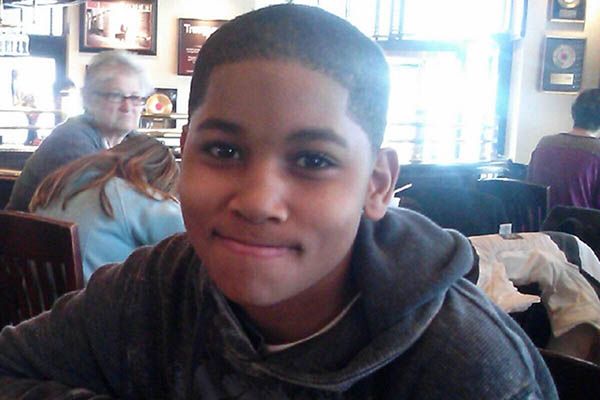
Source: Cleveland Police Department / Cleveland Police Department
In the end, the adultification thesis is both mistaken and a counter-productive trap, for it perpetuates the myth of protected childhood and invites Black communities to seek white protections for Black bodies. If anything, categorizing Black youth as “children,” when all Black people are already considered and treated like perpetual children, simply recapitulates the violent logic of slavery that denies the protections of adulthood.
Black children are not killed because police fail to recognize them as children. They are killed because they are Black. They are and have always been a threat to the continuity of white supremacy and treated as enemy combatants in the same brutal manner as their elders. Whether they are considered children or adults is irrelevant. Childhood will never save Black youth in a white supremacist society.
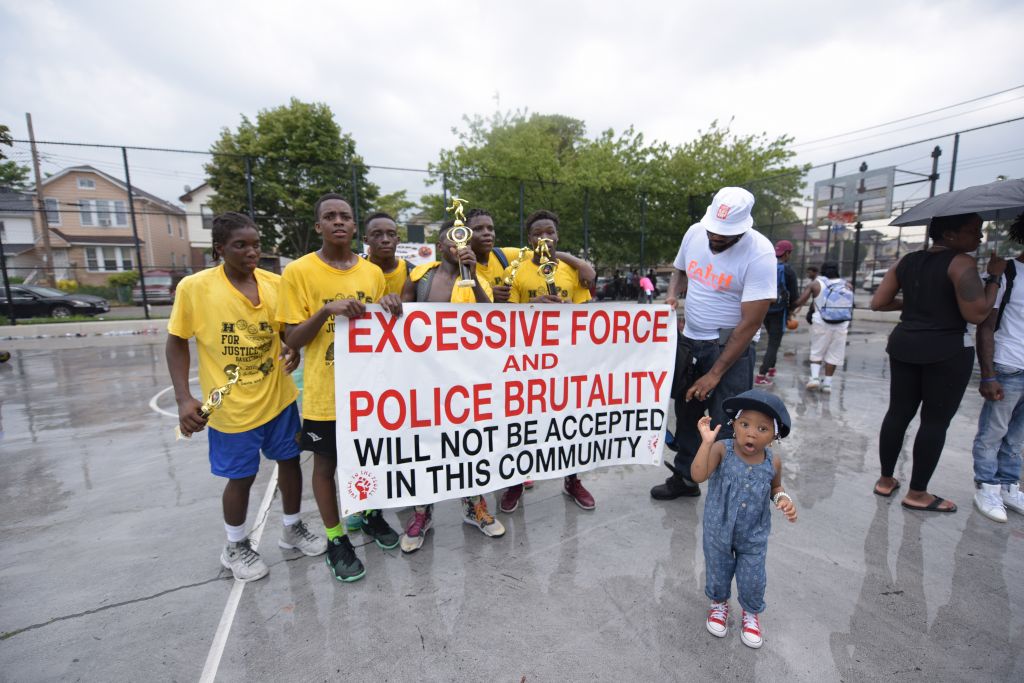
Source: Pacific Press / Getty
Statistically speaking, most violence experienced by Black youth is perpetrated not by police but by their parents or guardians. Between 2013 and 2018, 41 Black children were killed by police officers, according to data compiled by The Washington Post. During that same time period, according to the Children’s Bureau’s annual reports, 2,389 Black children were killed as a result of maltreatment by their parent(s) or guardian(s). And here is the tragic irony: the deadly parental violence is often explicitly rationalized on the grounds that Black children require harsh physical and emotional coercion to avoid provoking police.
How, then, do we protect Black children, when the designation of childhood innocence itself invokes the spectre of slavery and provokes so much coercion and violence in white society? Resistance can only take the form of, first, rejecting the white supremacist hierarchy which privileges and protects adults over children and, second, by asserting a radical Black challenge to white conceptions of childhood.
